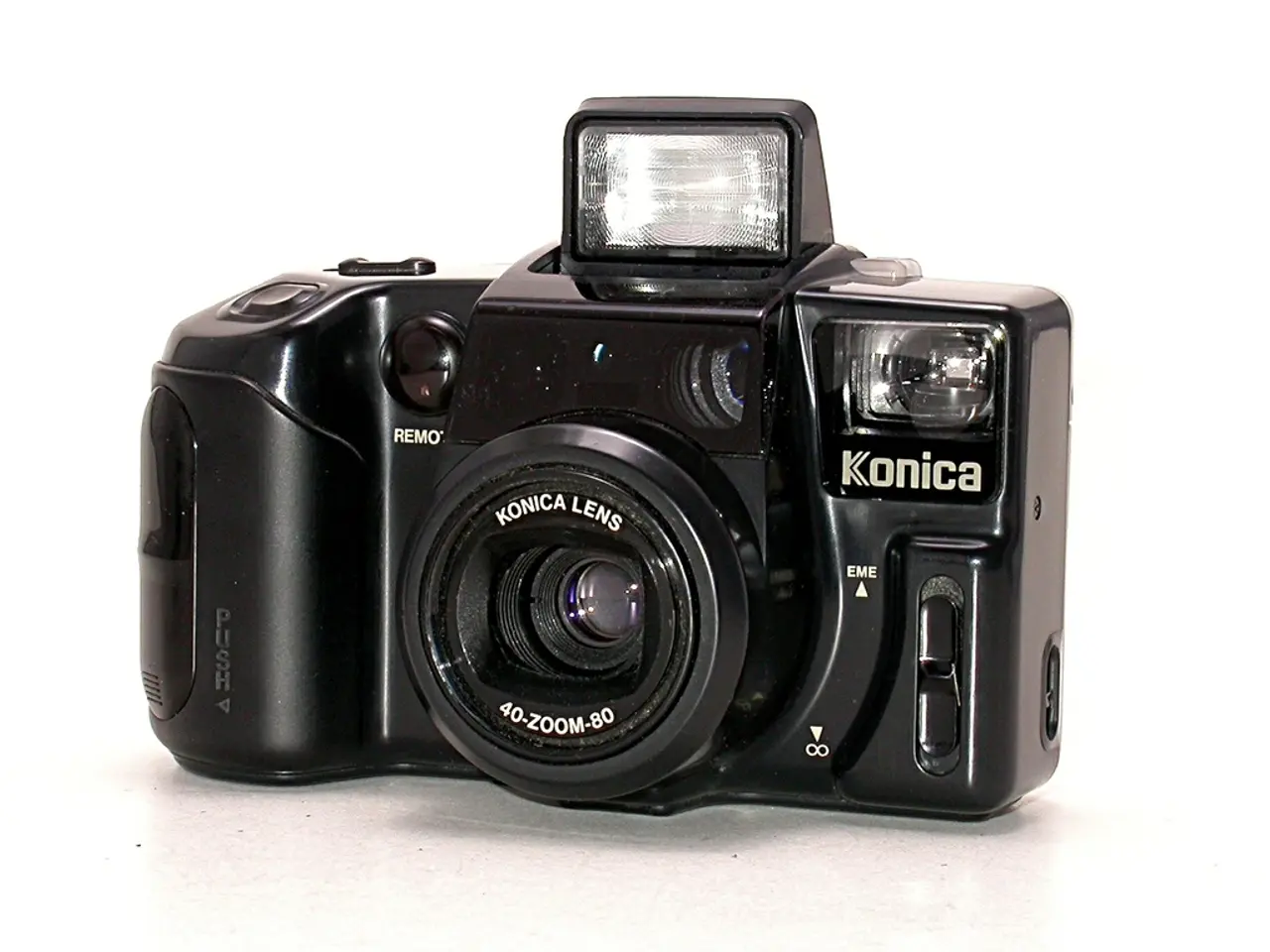Drone Interface for First Responders, or DAFI, refers to a technological system that equips drones with the ability to assist emergency responders in various scenarios.
In an era where technology continues to shape our world, a new innovation is making waves in the realm of emergency response. The Drone as a First Responder Interface (DAFI) is transforming the way public safety agencies operate, offering a rapid, automated, and intelligent solution for emergency situations.
DAFI, short for Drone as a First Responder Interface, is a specialized platform designed to integrate seamlessly with emergency dispatch systems and drone software. This integration allows DAFI to connect directly to 911 call centers or Computer-Aided Dispatch (CAD) systems, enabling automated drone deployment immediately upon incident notification[1][2].
The workflow of this innovative system is straightforward. Upon receipt of a relevant emergency call, the drone is launched automatically, providing real-time aerial intelligence such as live video streams, thermal imaging, and location data to emergency responders before they arrive on scene[1][2].
The process begins with the connection to dispatch systems, such as 911 or CAD, which trigger the drone launch[1][2]. The secure data transmission to responders’ interfaces, often accessible via mobile or desktop dashboards, presents live feeds and sensor data[1][2][4]. The software platforms that manage drone operations autonomously include flight path, safety checks, and compliance with airspace regulations[1][2][4].
Moreover, DAFI platforms integrate with other technology stacks, such as license plate readers or geographic information systems, enhancing situational awareness and decision-making[1][2][4]. This integration helps reduce response times—some DAFI-enabled deployments report situational video availability in under two minutes and improvements in response time of up to 70%[1][2].
Safety is another key benefit of DAFI. By offering visual intelligence ahead of arrival, it helps officers coordinate safely, avoid ambushes, and contain the suspect more effectively[1][2]. Additionally, DAFI systems feed real-time UAS tracking and airspace awareness data to avoid conflicts with manned aircraft and comply with safety rules[4].
Jacob Stoner, CEO of Flyeye.io, is a licensed commercial drone operator in Canada and a highly respected figure within the local drone community. His keen interest lies in the potential societal impact of drone technology advancements[1]. In his leisure time, Stoner indulges his passion for videography.
As more cities adopt drone programs for emergency services, DAFI serves as the operational backbone. Its ability to support popular commercial drones like DJI, Skydio, and Autel, makes it a versatile solution for various emergency scenarios[1].
In conclusion, DAFI acts as an operational backbone that tightly links emergency dispatch communication systems to drone flight software and data delivery interfaces, enabling rapid, automated aerial response with coordinated real-time intelligence for effective and safe emergency management[1][2][4]. This innovation, known as the Drone as a First Responder (DFR) model, is gaining traction globally, signifying a promising future for the integration of drone technology in emergency services.
[1] Flyeye.io. (n.d.). DAFI - Drone as a First Responder Interface. Retrieved January 11, 2023, from https://www.flyeye.io/dafi/
[2] Stoner, J. (2021, October 28). DAFI - Drone as a First Responder Interface. Retrieved January 11, 2023, from https://medium.com/@jacobstoner/dafi-drone-as-a-first-responder-interface-892e5d3e85e6
[4] Flyeye.io. (n.d.). Flyeye.io. Retrieved January 11, 2023, from https://www.flyeye.io/
- The integration of DAFI with smart-home-devices and cybersecurity measures can enhance threat detection for emergency situations, ensuring secure data-and-cloud-computing of real-time drone data.
- As AI advancements continue, it's plausible that drones using artificial-intelligence could analyze data collected by DAFI systems more effectively, improving threat detection and decision-making in emergency situations.
- In the future, gadgets and technology that interface with DAFI platforms might offer advanced features, such as predictive threat detection based on patterns and trends derived from data-and-cloud-computing, further improving emergency response efficacy.




